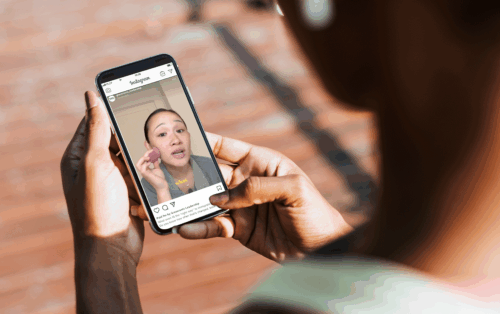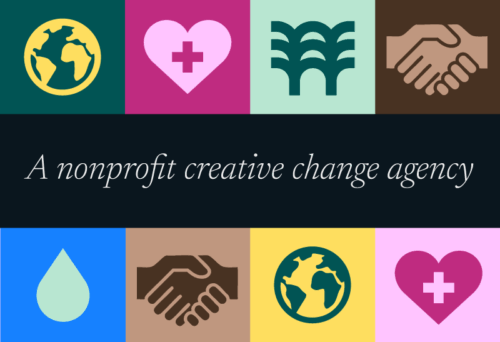
Did you know a great number of journalists and politicians are more likely to respond to a tweet than any other form of communication? With over 300 million monthly users, Twitter has quickly become the platform of choice for many organizations seeking to reach and engage their target audiences. By creating a well-designed Twitter account, nonprofits can tell their story, pitch journalists, connect with local representatives and keep their supporters up to speed on the latest news. Sarah Shimazaki created a tip sheet to help you get started on the platform and provide best practices for producing quality content that resonates with your community.
Download your copy of this tip sheet here.
Who is on Twitter?
According to Pew Research Center, Twitter has approximately 326 million users every month. 40% of U.S adults between 18-29 years old use the platform, to go with 27% of 30-49 year olds. 26% of Black internet users in the United States use Twitter, as do 24% of White internet users and 20% of Latinx internet users.
Notably, over 70% of journalists see Twitter as a valuable tool for engagement, as do the majority of state and national legislators and representatives, who use the platform for transparency and feedback.
First steps on Twitter
When you create a Twitter account, your organization can tell its story, engage with your communities, enlarge your volunteer base, acquire more donors, and keep your supporters up to speed on the latest events and campaigns. Follow our tips for creating your profile (and building your tweet cred) for more specifics.
Twitter terminology
Tweet: a 280-character message
Retweet (RT): Tweeting another Twitter user’s tweet
Hashtag (#): Indexing of keywords
Follow: Subscribing to another Twitter user’s tweets
Follower: Another Twitter user subscribing to your tweets
Trending: The most popular words, phrases or hashtags being used in tweets at that time for the selected geographic area
Direct Message (DM): 280-character private message to a follower
@: Symbol used to identify a Twitter user i.e @SarahShimazaki or @RMedia
Reply: A tweet-back or response to another Twitter user
Lists: A way to organize favorites or similar Twitter users you are interested in
Pinned: Marked tweets that will always appear at the top of your profile
Promoted: Sponsored posts
Building your Twitter community
When starting from scratch, it can feel daunting to try to build up your community of followers. We recommend starting with folks like:
- Partner organizations and allies
- Your elected officials
- Thought leaders and influencers in your space
- Reporters who cover the things you care about
Twitter best practices
- What to tweet: Think of Twitter like the internet’s dinner party, and, remember, nobody wants to be the person at the dinner party who can only talk about themselves. We like this ratio:
- 1/3 share content (photos, ideas, statements, articles, blogs, etc.)
- 1/3 retweets (amplify partners work, retweet tweets that suit your audience)
- 1/3 converse (pose questions, respond to comments, engage in conversation)
- Consistency is key: consider posting at least once a day
- Tweets more visuals: Tweets with visuals receive 150% more retweets, so including images and photos when possible can help boost engagement. Many websites have images automatically associated with links, if you’re sharing news or other online content, but that doesn’t necessary guarantee an image will appear. Photos straight from your mobile device are often appropriate — they don’t need to be retouched or edited before sharing. If you do want to combine text and graphics, using the intuitive graphic design tools like Canva or PicMonkey (here are our tips for using PicMonkey) is a good way to go.
- Get creative! You can also include GIFs, memes and videos into a tweet.
- Celebrate victories! In our current age of constant distressing and frustrating news, people are hungry for wins—big and small. Be sure to update your audience about a historic event, significant achievement or small victory.
- Make us laugh: Don’t be afraid to use a little humor in your tweets!
- Connect to our shared humanity: center people’s stories and voices first
- The art of the hashtag: keep it short and simple. Use no more than 3 hashtags in a tweet and no more than 4 words when creating a hashtag (i.e #GetOutTheVote)
- Finding relevant hashtags: To find trending hashtags relevant to a particular issue, use tools like Hashtagify.
- Less is more: use less #hashtags, less @tags, less characters than you’d think! We recommend three or fewer hashtags and handle tags per tweet.
Good luck, and happy tweeting!
Download your copy of this tip sheet here.
More Insights and Resources


Rooted in who we are: Check out our new look and website

